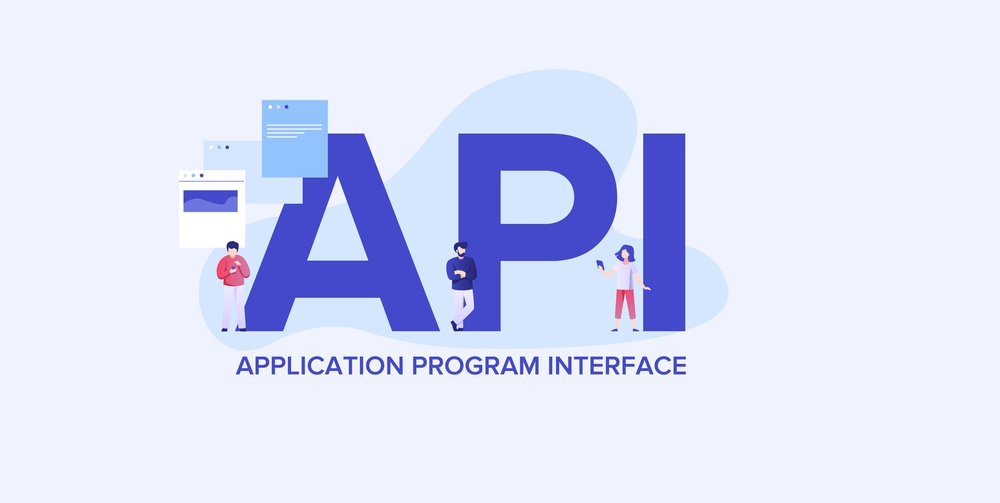So, you’ve probably heard the term API thrown around quite a bit in tech conversations, but what exactly is it? Let’s break it down in simple terms to demystify the concept. APIs play a crucial role in the digital world, but how do they function, and why should you care about them? Stay tuned as we unravel the layers of APIs, shedding light on their significance and impact in everyday technology.
The Basics of API
If you’re new to APIs, understanding the basics is crucial for grasping their functionality and purpose. An API, short for Application Programming Interface, acts as a bridge that allows different software applications to communicate with each other. It defines the methods and data formats applications can use to request and exchange information.
APIs are commonly used to enable integration between different systems, streamline processes, and enhance the overall user experience. By providing a set of rules and protocols, APIs facilitate the interaction between various software components, making it easier for developers to leverage existing functionalities without reinventing the wheel.
Embracing the basics of APIs opens up a world of possibilities for creating innovative solutions and enhancing the capabilities of your applications.
How APIs Work
To understand how APIs work, it’s essential to grasp the mechanism through which software applications communicate with each other. APIs act as messengers, facilitating the exchange of data and requests between different software systems.
When you interact with an API, you’re sending a set of instructions to a server and receiving the processed response. This communication follows a predefined structure, specifying how information should be requested and delivered.
APIs work by defining the rules for interactions, allowing developers to leverage existing functionalities in their applications without having to recreate them from scratch. As intermediaries, APIs streamline processes, enhance functionality, and foster seamless integration between diverse software platforms.
Types of APIs
When exploring APIs, it’s essential to understand the various types that exist to cater to different functionalities and application requirements.
The main types of APIs include:
Open APIs (also known as Public APIs) are accessible to developers and are commonly used to enable third-party integration.
On the other hand, internal APIs are designed for use within a specific organisation and aren’t exposed to external developers.
Partner APIs are shared with specific external organisations to facilitate collaboration.
Composite APIs combine multiple requests into a single endpoint for more efficient communication.
Lastly, RESTful APIs adhere to specific principles that make them easy to understand and use, often communicating over HTTP.
Why APIs Matter
Exploring APIs’ significance reveals their pivotal role in modern digital ecosystems. APIs matter because they serve as bridges connecting different software systems, allowing them to communicate and share data seamlessly.
APIs empower businesses to innovate rapidly, streamline processes, and enhance user experiences by enabling applications to interact with each other. They facilitate the integration of new features and functionalities without reinventing the wheel, saving time and resources.
APIs also play a crucial role in fostering collaboration and partnerships between companies, enabling them to leverage each other’s strengths and expand their reach. APIs are the backbone of the interconnected digital world, driving efficiency, innovation, and growth.
Real-life API Examples
Real-life API examples illustrate these powerful tools’ practical applications and versatility in various industries. Imagine booking a flight online – the travel website connects with multiple airline APIs to provide real-time flight options and prices.
In finance, stock market apps rely on APIs to fetch live stock prices and update your portfolio. Social media platforms like Facebook and Twitter use APIs to allow third-party apps to access their platforms, enabling features like social login and sharing.
E-commerce sites integrate payment gateway APIs to process transactions securely. Even in healthcare, APIs facilitate the exchange of patient data between different medical systems. These examples showcase how APIs streamline processes and enhance user experiences across diverse fields.
Frequently Asked Questions
What Are Some Common Challenges When Integrating Apis?
Integrating APIs can bring challenges such as handling different data formats, managing authentication, and dealing with rate limits.
Stay organised with clear documentation, test thoroughly, and communicate with API providers for smoother integration processes.
How Can Companies Ensure the Security of Their Apis?
To ensure the security of your APIs, it is essential to follow a set of necessary measures:
- Regularly update software
- Authenticate users securely
- Encrypt data transmissions
- Monitor for suspicious activities
- Implement firewalls
Stay informed about cybersecurity best practices to protect your company’s digital assets.
What Are the Key Differences Between SOAP and REST Apis?
When working with SOAP and REST APIs, remember SOAP is more rigid and uses XML, while REST is flexible and uses various data formats.
Choose based on your project needs for better integration.
How Does APIS Impact Privacy and Data Protection?
When using APIs, always prioritise privacy and data protection.
You must carefully manage access permissions, secure transmissions, and handle sensitive information responsibly.
Stay vigilant about potential risks and take necessary precautions to safeguard user data.
Can APIS Be Used for Internal Communication Within a Company?
Yes, APIs can streamline internal communication within a company, enhancing efficiency and connectivity.
Conclusion
So, now you know what an API is!
APIs enable seamless communication between different software applications, driving efficiency and innovation in the technology world.
By defining methods and data formats for communication, APIs simplify processes and enhance user experiences.
They’re the backbone of modern technology, enabling the integration of new features and fostering growth in the digital landscape.
APIs truly are the unsung heroes of the tech world!



